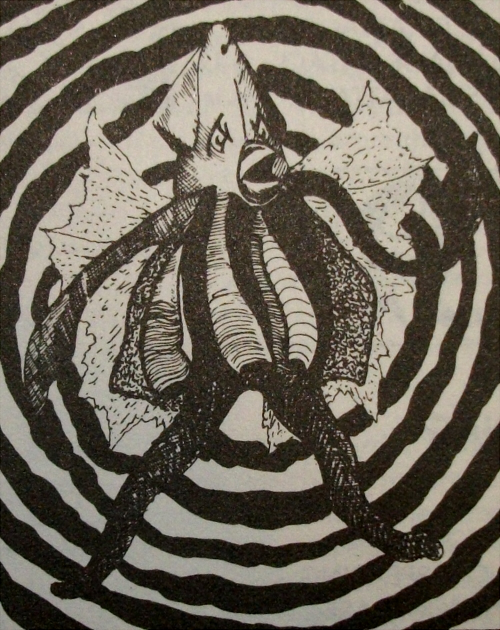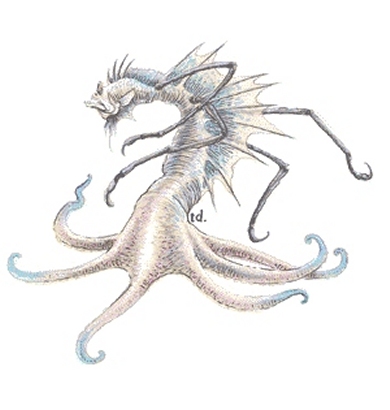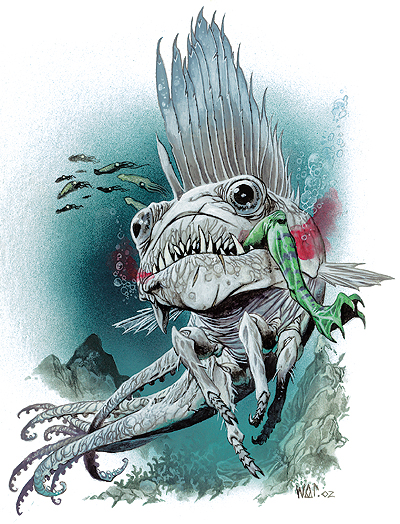Mind of tempest
(he/him)advocate for 5e psionics
why were they pigs anyway?Orcs or oinks?
View attachment 139649
why were they pigs anyway?Orcs or oinks?
View attachment 139649
I remember them being distinctly reptilian in the first Baldur's Gate video game. Which came out in 1998.When did it actually happen? When I started D&D, kobolds were like, goblins, if goblins were too hardcore/dangerous for you.
The first time I really came across the idea that they were really associated with dragons was Dragon Mountain, in 1993, but it seemed like it wasn't an entirely new concept then. And the Monstrous Manual from the same year (both this and Dragon Mountain illustrated in part by the incredible DiTerlizzi, offering us both flat-faced and ratlike visions of kobolds) doesn't mention dragons.
Yet by 3E, kobolds are solidly little dragon-people.
tvtropes says it might be because "orc" is Welsh for "pig", but from what I can research the Welsh word for "pig" is actually "mochyn". So that's a bust.why were they pigs anyway?
This is a great example of a monster changing. Some creatures have stayed relatively unchanged other than lore (such as beholders) and some go through incarnations that bear little resemblance to each other.It's the one from the Fiend Folio or Monster Manual 3, though. (Forgot which one.)
One of the first monsters I noticed having changed significantly was the Morkoth.
In first edition, it was a... I don't know.
In second edition, it turned into... something else?
And in third edition, it turned into... a fish-thing?



In my mind, Warcraft and World of Warcraft both have everything to do with it. The orc line in warcraft was so much more interesting than the others that players developed a strong affiliation with them. Their story was more compelling that the others.Orcs...
I would love to hear what people think are some causal factors. I think WoW had something to do with it, but wouldn't place money on it.
There seems to be some conflation between between Orcs and the Isles of Orkney.tvtropes says it might be because "orc" is Welsh for "pig", but from what I can research the Welsh word for "pig" is actually "mochyn". So that's a bust.
But then again, in the pre-internet years of the 1970's, maybe someone actually thought orc was Welsh for pig. I would be surprised if a public library in 70's Lake Geneva would even have a Welsh dictionary.
